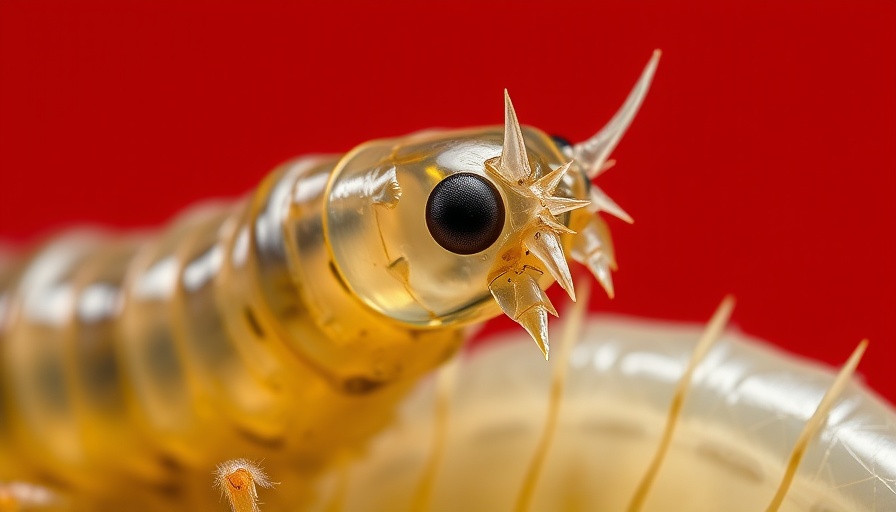
USDA's New Strategy: A Modern Approach to Insect Warfare
In a curious twist of science and public policy, the U.S. Department of Agriculture (USDA) is gearing up to wage an unusual kind of war against a serious threat to livestock and wildlife: the New World screwworm. This dangerous pest, which feeds on living tissue and can devastate entire herds, is being targeted through a plan that involves breeding and releasing billions of sterile flies over regions in Mexico and southern Texas.
The Threat of the New World Screwworm
The New World screwworm is notorious for laying its eggs in open wounds of warm-blooded animals, where the larvae hatch and burrow into the flesh, causing immense pain, infections, and potentially catastrophic losses for farmers and ranchers. A single infestation can bring a thousand-pound cow to a devastating end within two weeks. The urgency of the USDA's response is heavily underscored by recent reports of re-emergence of the screwworm in southern Mexico, prompting the need for immediate action.
A Historical Success Story
The USDA's approach is not without precedent. The Sterile Insect Technique (SIT), the method being revived, successfully eradicated the New World screwworm from the U.S. and much of Central America during the 1960s and 1970s. Back then, more than 94 billion sterile males were released, significantly disrupting the pest's reproductive cycle. Edwin Burgess, an entomologist at the University of Florida, calls the SIT an "exceptionally good technology," praising its effectiveness against large-scale biological threats.
Logistical Challenges Ahead
Despite its track record, the logistics of breeding and distributing sterile flies presents significant challenges. The USDA plans to ramp up production to 400 million sterile flies per week. Setting up a new fly factory in southern Mexico is set for completion by July 2026, with an interim fly distribution hub in Texas to facilitate operations. This ambitious undertaking will require an investment of $29.5 million, split between the facility in Mexico and the hub in Texas.
Risks and Economic Impact
The potential economic fallout from the screwworm's resurgence could be devastating. Already, the U.S. has temporarily shut its southern border to imports of livestock, leaving many farmers anxious about their future. The screwworm poses risks not just to cattle but to any warm-blooded animals, including pets and even humans. As the government moves forward with its insect warfare approach, the stakes have never been higher.
The World is Watching
The outcome of this insect combat initiative is being closely monitored, with global implications. Successfully managing this pest can guide future biological control efforts against other invasive species that threaten agriculture and biodiversity. As other countries watch to see whether the USDA can replicate its past successes with the screwworm, the pressure mounts to execute this unorthodox strategy effectively.
Engage with Your Experts and Community
As the USDA launches this campaign against the screwworm, it opens an opportunity for community dialogue about agricultural practices, biological pest control methods, and the economic implications of such public health initiatives. Stakeholders from all sectors, including local farmers, wildlife conservationists, and policymakers, need to collaborate to ensure that there are safeguards in place for the environment and to explore innovative ways to support this critical operation.
Conclusion: The Future of Pest Control
The potential revival of the New World screwworm is not just an agricultural issue; it’s a test of humanity’s ability to innovate against nature's threats. For the affected states and those looking out for animal welfare, the next steps in the USDA's fly production and distribution strategy will be crucial. As citizens, understanding and engaging with these methods can help shape a future where livestock and wildlife coexist without the looming threat of invasive pests.
 Add Element
Add Element  Add Row
Add Row 



Write A Comment